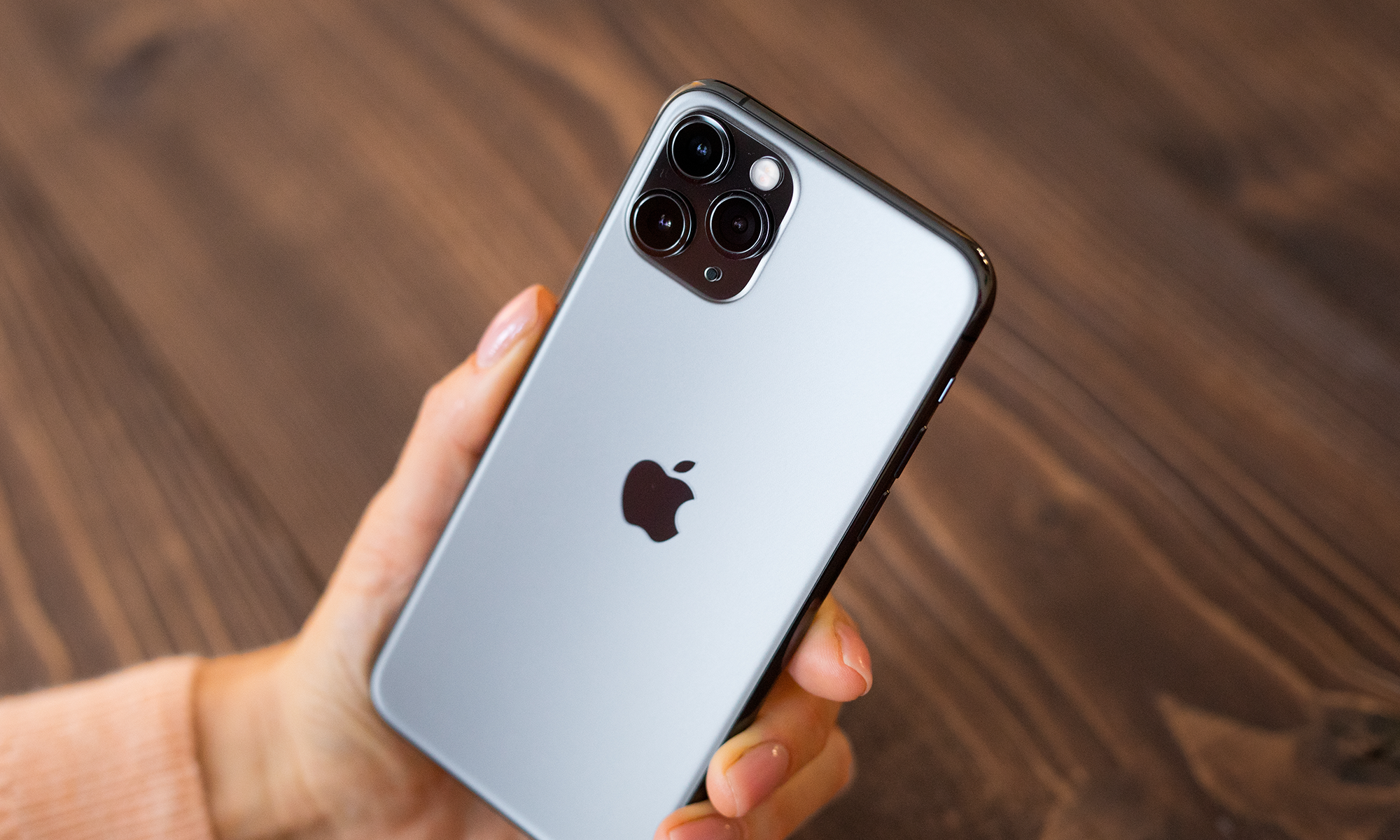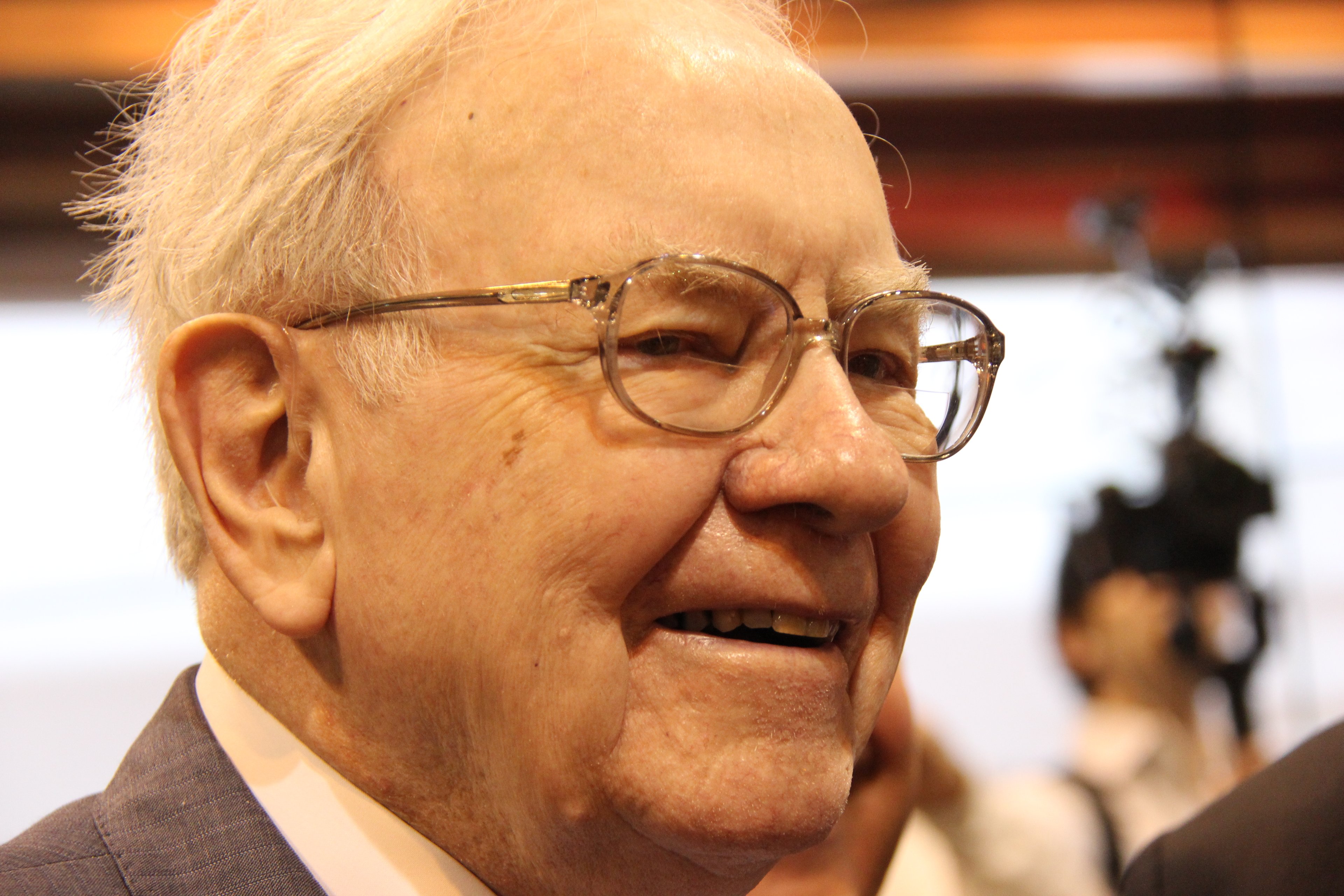Phablets -- smartphones with screens larger than 5.5 inches -- are perhaps the lone bright spot in an otherwise listless and maturing smartphone market. In fact, research firm IDC has estimated that phablet shipments grew 49% last year, compared with 2.5% growth for the broader smartphone market.
Like the smartphone market itself, the phablet space is dominated by Apple (AAPL +0.54%) and Samsung (NASDAQOTH: SSNLF), each of which offers a notable dividend. So let's delve deeper into why Apple and Samsung are the best dividend-paying phablet stocks to own today.
Apple
Apple didn't start the phablet craze, but the Mac maker has embraced the trend with open arms in recent years. Though it moved toward larger screen sizes with the iPhone 5, Apple didn't launch its first phablet until it rolled out the iPhone 6 Plus in 2015.
Over its past three device cycles, Apple has charged about $100 more for its entry-level 5.5-inch iPhones than for its 4.7-inch handset. However, estimates suggest that the larger screen and improved cameras associated with Apple's larger iPhones add only about $40 to the larger iPhone's bill of materials. Put another way, Apple makes more gross profit from each phablet it sells than it does on its regular iPhones. This trend seems likely to accelerate in the year ahead.
A persistent rumor surrounding Apple's coming iPhone 8 claims the company plans to significantly increase the price of its new phone, perhaps charging as much as $1,000, according to some sources. As a result, Morgan Stanley estimates that Apple will increase its iPhone average selling price from $695 in last year's Q4 to $753 for its fiscal year 2017. Keep in mind that the average Android handset retails at a far lower $254.
It is this pricing power that lets Apple remain a compelling option for dividend investors. Its 1.6% dividend yield might appear a bit disappointing at first glance; the S&P 500 yields 1.9% in comparison. However, Apple's immense financial resources -- it carried $159 billion in net cash on its balance sheet last quarter -- give it almost unlimited flexibility to continue to reward shareholders through dividends and share repurchases. The company is due to raise its dividend as part of its Q2 earnings report on May 2, which will extend its streak of consecutive annual dividend increases since Apple started paying its dividend in 2012.

Image source: Samsung
Samsung
Samsung sells its phablets across a wider variety of price points than Apple, but it has employed many of the same strategies to make its mobile business into a profit center.
As with iPhones, Samsung generates the bulk of its phone profits from sales of high-end smartphone franchises, such as its Galaxy and Note devices. With prices for the recent Galaxy S8 ($750) and S8+ ($850) starting at $100 more than the iPhone 7 and 7 Plus, Samsung will certainly derive meaningful profits from the sale of smartphones and phablets alike. In fact, Galaxy S8 and S8+ pre-orders increased 30% compared with the last year's Galaxy S-series, according to reports. Even after weathering last year's highly publicized recall of the Galaxy Note 7, Samsung appears to have regained its mojo as the leading supplier of high-end Android devices.
At 1.4%, Samsung shares with Apple a below-average dividend yield. However, Samsung should also be viewed as a stock with considerable room for dividend growth in the year ahead. The company has publicly pledged to increase its dividend payouts from 30% of free cash flows it paid in 2015 to as high as 50%, in a bid to pacify activist shareholder Elliott Management.
As I have noted in recent articles, analysts generally expect Samsung's sales and profits to increase in 2017, which suggests its free cash flow will also rise. (Free cash flow estimates weren't available at the time of writing.) As such, like Apple, Samsung looks like a phablet stock deserving of income investors' attention today.






